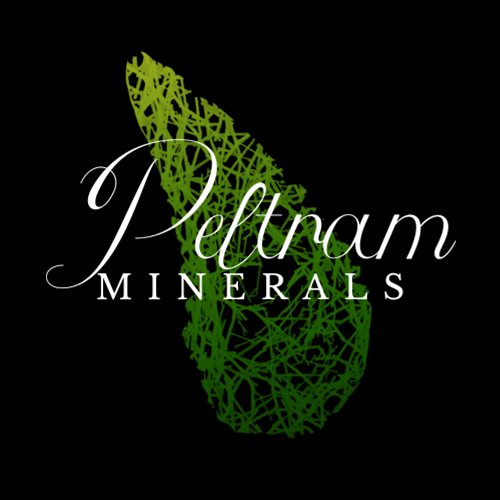Insects in amber in a box with magnifying glass – Lithuania
Locality: Lithuania (Baltic sea)
Amber weight: 0,7g
Approximate size of amber: 1,7 x 1,2 x 0,4 cm
Dimensions of the box with magnifying glass: 3,9 x 3,9 x 3,8 cm
Total weight: 23,1g
| Category: | Inclusions in amber |
|---|
Lithuanian amber, often referred to as Baltic amber, is one of the most sought-after and valuable types of amber in the world. It originated from the resin of ancient pine trees that grew in the areas around the Baltic Sea approximately 44–54 million years ago.
Properties and Appearance
Lithuanian amber is known for its distinct and often light to dark yellow color, shifting into honey or orange shades. There are also darker specimens, ranging from brown to nearly black, while almost white or greenish variants are rarer.
Due to its high content of succinic acid (up to around 8%), Baltic amber is considered to be of higher quality compared to other types. It often contains natural inclusions, such as air bubbles, plant fragments, or small insects, which greatly enhance its collectible and aesthetic value.
Insect Inclusions
Insects in Lithuanian amber are a fascinating and valuable find, offering insight into prehistoric ecosystems. Lithuania, like other countries in the Baltic region, produces amber with various inclusions, many of which contain exceptionally well-preserved insects.
- Flies and mosquitoes – various species are common inclusions
- Ants – frequently found and provide valuable data on social behavior and insect evolution
- Wasps and bees – rarer, but inclusions of different species and relatives offer insight into pollination evolution
- Beetles – very common inclusions, ranging from small bark beetles to larger species
- Termites – their presence reveals much about ancient wood-decomposing ecosystems
- Spiders and other arachnids – though not insects, they are commonly found in amber
Collection and Processing
Industrial-scale amber mining is not currently practiced in Lithuania, unlike in the Kaliningrad region. Instead, amber is traditionally collected along the Baltic Sea coast, especially near the towns of Palanga, Klaipėda, and Šventoji, where it is washed ashore by sea waves—most often after storms.
However, Lithuania is a major center for amber processing and is recognized globally for its amber jewelry production. Raw amber is first sorted by size, color, and quality, then cut, ground, and polished. This process enhances the natural structure, luster, and unique character of each stone.





